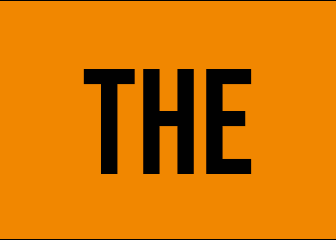The European Commission has unveiled its long-awaited proposals on recycling and reuse of packaging.
Under the proposed revision of the EU legislation on Packaging and Packaging Waste, all packaging on the market must be recyclable in an economically viable way by 2030.
There will also be measures to restrict the creation of waste in the first place through reusable and refillable packaging solutions.
While targets will be introduced for plastics so that they must contain recycled content targets by the following dates:
- 30% for contact sensitive packaging made from PET as the major component by 1 January 2030
- 10% for contact sensitive packaging made from plastic materials other than PET, and except single use plastic beverage bottles by 1 January 2030
- 35% for packaging other than those mentioned above.
Then from 1 January 2040, the following targets will need to be met:
- 50% for contact sensitive packaging, except single use plastic beverage bottles
- 65% for single use plastic beverage bottles
- 65% for plastic packaging other than those mentioned above.
Overall, the EU wants to reduce packaging by 15% by 2040 per Member State per capita compared to 2018. This would lead to overall waste reduction in the EU of around 37% compared to a scenario without changing the legislation. This will happen through both reuse and recycling.
In order to make packaging fully recyclable by 2030, there will be design criteria for packaging, creating mandatory deposit return schemes for plastic bottles and aluminium cans, and making it clear which very limited types of packaging must be compostable so that consumers can place these in biowaste collections.
Like proposed in the UK, every label will outline what the packaging is made of and which waste collection container it will need to go in. This will use the same symbols across the EU.
These proposals will now need to be considered by the European Parliament and Council.
European Commission executive vice president for the European Green Deal Frans Timmermans said: “After tackling single use plastics, we now take the next step on our way to a future without pollution. Our proposals today reduce packaging waste, promote reuse and refill, increase the use of recycled plastics, and make it easier to recycle packaging.
“European citizens are eager to be rid of overpackaging and unnecessarily bulky packages, and businesses are ready to move forward with sustainable, innovative packaging solutions and systems.
“We also clear up confusing claims around bio based and biodegradable plastics, so that producers and consumers know under which conditions such plastics are truly environment-friendly and contribute to a green and circular economy.”
Reaction
European trade association EuRIC said that the proposed Regulation on Packaging and Packaging Waste sets a robust framework to boost packaging recycling. But it added that the phasing out of non-recyclable packaging must be dramatically accelerated if the EU is to live up to its circular economy and climate ambitions.
It also regretted the lack of ambition on recyclability targets and argued that design for recycling criteria should be brought in by 2025 and not 2035 as proposed.
EuRIC secretary general Emmanuel Katrakis said: “COP27 experts warn of record high emissions in 2022. Recycling offers solutions to this crisis by lowering our demand for extracted raw materials, thereby reducing CO2 emissions, energy, and water consumption. Yet, we need a regulatory environment that enables recyclers to thrive and re-invest in Europe.
“The proposed Regulation is a step in the right direction, but does not go far enough in eliminating the use of non-recyclable packaging.”
In a statement, the Confederation of European Paper Industries said: “Recycling is today the first source of fibres for the pulp and paper sector and ‘circularity’ is part of a business model that places Europe as the global recycling champion. In the EU, paper and board packaging is recycled more than all other materials combined. Paper and board also already far exceeds legal recycling targets set for 2025, which are the most stringent among all materials.
“Nevertheless, paper producers and recyclers have pledged to reach a 90% recycling rate by 2030, which is higher than the current legal requirement of 85%. To achieve this, one prerequisite would be to improve the separate collection of paper and board throughout Europe.
“The paper and board industry recognises that recyclable and reusable options are complementary, and that the EU could also achieve higher circularity by supplementing its successful recycling model with reuse systems.
“But the performance of reuse systems will now have to match that of the paper and board industry’s recycling model. Notably, targets set in the new proposal should concentrate on markets where circularity performance needs to be improved, and decisions to go for either recyclable or reusable packaging should be based on independent science-based proof of their respective environmental benefits.”




